|
The Happy Man is a secular icon and the official symbol of the International Humanist and Ethical Union (IHEU), a world body for Humanism, and has been adopted by many Humanist organizations and individuals worldwide. Its origin was a competition organized in 1965 by the British Humanist Association to find a symbol for itself. Denis Barrington created the winning design. |
 The Ouroboros The Ouroboros
often represents self-reflexivity or cyclicality, especially in the sense of something constantly re-creating itself, the eternal return, and other things perceived as cycles that begin anew as soon as they end. |
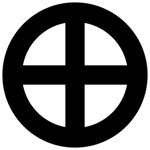 Sun Cross Sun Cross
The sun cross, more commonly known as the sun wheel, a cross inside a circle, is a common symbol in Prehistoric European artifacts, particularly during the Neolithic to Bronze Age periods. |
|
A triskelion or triskele is a motif consisting of three interlocked spirals, or three bent human legs, or any similar symbol with three protrusions and threefold rotational symmetry. A triskelion is the symbol of Brittany, as well as the Isle of Man and Sicily (where it is called Trinacria). |
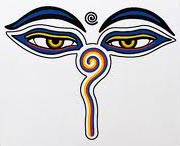 Buddha Eyes Buddha Eyes
On virtually every stupa (Buddhist shrine) in Nepal, there are giant pairs of eyes staring out from the four sides of the main tower. These are Buddha Eyes (otherwise known as Wisdom Eyes), and they look out in four directions to symbolize the omniscience (all-seeing) of a Buddha. |
|
Here is an image of an upside-down pentagram. The pentagram also appears with the star right side up. A pentagram is the shape of a five-pointed star drawn with five straight strokes. Pentagrams were used symbolically in ancient Greece and Babylonia and today as a symbol of faith by many Wiccans, akin to the use of the cross by Christians and the Star of David by Jews. The pentagram has magical associations, and many people who practice Neopagan faiths wear jewelry incorporating the symbol. Christians once more commonly used the pentagram to represent the five wounds of Jesus. The pentagram is associated with Freemasonry and is also utilized by other belief systems. |
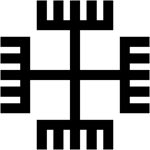 Hands of God Hands of God
A symbol popularly used to represent Slavic Neopaganism, or more specifically the panentheism advocated by the RPK, is “Hands of God.” |
|

Frequently appears in Egyptian tomb paintings and other art, often at the fingertips of a god or goddess in images that represent the deities of the afterlife conferring the gift of life on the dead person’s mummy; this is thought to symbolize the act of conception. Additionally, Egyptians often carried an ankh as an amulet, either alone or in connection with two other hieroglyphs that mean “strength” and “health”. Mirrors of beaten metal were also often made in the shape of an ankh, either for decorative reasons or to symbolize a perceived view into another world.
The ankh was almost never drawn in silver; as a sun symbol, the Egyptians almost invariably crafted important examples of it (for tombs or other purposes) from the metal they most associated with the sun, gold. A similar metal, such as copper, burnished to a high sheen, was also sometimes used. |
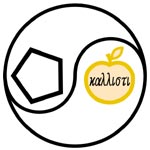 Sacred Chao Sacred Chao
The Sacred Chao is a symbol used by Discordians to illustrate the interrelatedness of order and disorder. The Sacred Chao symbolizes absolutely everything anyone needs to know about absolutely anything and more! It even symbolizes everything not worth knowing, depicted by the empty space surrounding the Hodge-Podge. |
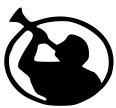 Angel Moroni Angel Moroni
The image of the angel Moroni blowing a trumpet is commonly used as an unofficial symbol of The Church of Jesus Christ of Latter-day Saints. Moroni appears on the cover of some editions of the Book of Mormon, and statues of the angel stand atop many LDS temples, most statues facing eastward. |
 Patriarchal Cross Patriarchal Cross
The symbol, often referred to as the patriarchal cross, appeared in the Byzantine Empire in large numbers in the 9th century. In the Byzantine Empire of the 9th century, the double cross was not a religious, but a political symbol used by Byzantine clerks and missionaries. One of the modern interpretations of the double cross is that it represents Slovakia as an heir and guardian of Christian tradition, brought to the region by St. Cyril and St. Methodius, two missionaries from the Byzantine Empire. |
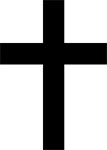 The Christian cross The Christian cross
seen as a representation of the instrument of the crucifixion of Jesus Christ, is the best-known religious symbol of Christianity. It is related to the crucifix (a cross that includes a usually three-dimensional representation of Jesus’ body) and to the more general family of cross symbols.
The cross-shaped sign, represented in its simplest form by a crossing of two lines at right angles, greatly antedates the introduction of Christianity in both East and West. It goes back to a very remote period of human civilization. It is supposed to have been used not just for its ornamental value but also for its religious significance.
The Christian Cross comes in many different forms. |
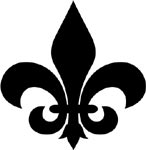 Fleur de Lys Fleur de Lys
While the fleur-de-lis has appeared on countless European coats of arms and flags over the centuries, it is particularly associated with the French monarchy in a historical context and continues to appear in the arms of the King of Spain and the Grand Duke of Luxembourg, members of the House of Bourbon. It remains an enduring symbol of France that appears on French postage stamps, although it has never been adopted officially by any French republic. According to French historian Georges Duby, the three leaves represent the medieval social classes: those who worked, those who fought and those who prayed. |
|
From ancient times, the lotus has been a divine symbol in Asian traditions, representing the virtues of sexual purity and non-attachment.
Hindus revere it with the divinities Vishnu and Lakshmi, often portrayed on a pink lotus in iconography. In the representation of Vishnu as Padmanabha, a lotus issues from his navel with Brahma on it.
Goddess Sarasvati is portrayed on a white-coloured lotus. Often used as an example of divine beauty, Vishnu is often described as the Lotus-Eyed One. Its unfolding petals suggest the expansion of the soul. |

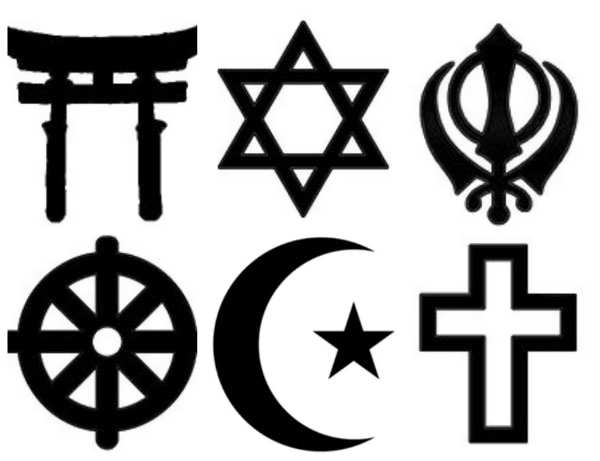
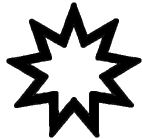
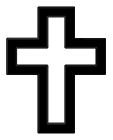

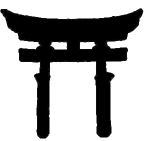
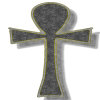
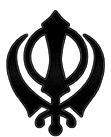
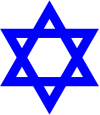
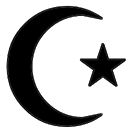

 The Ouroboros
The Ouroboros Sun Cross
Sun Cross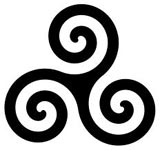
 Buddha Eyes
Buddha Eyes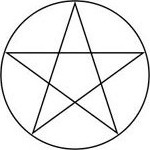
 Hands of God
Hands of God
 Sacred Chao
Sacred Chao Angel Moroni
Angel Moroni Patriarchal Cross
Patriarchal Cross The Christian cross
The Christian cross Fleur de Lys
Fleur de Lys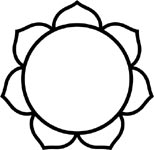
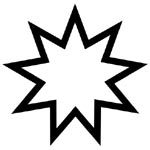 Nine Pointed Star
Nine Pointed Star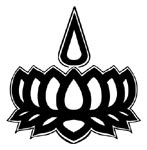 Lotus Carrying Namam
Lotus Carrying Namam The Winged Heart or Tughra Inayati
The Winged Heart or Tughra Inayati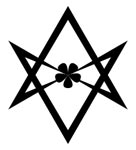 Unicursal Hexagram
Unicursal Hexagram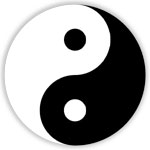
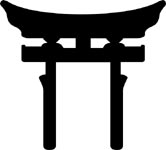 Torii Symbol
Torii Symbol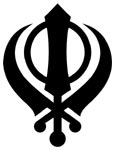 Khanda Symbol
Khanda Symbol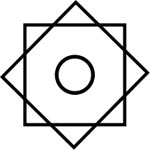 Rub el Hizb
Rub el Hizb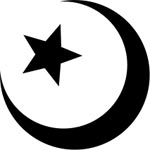 Star and Crescent
Star and Crescent Aum or Om
Aum or Om Alpha and Omega
Alpha and Omega